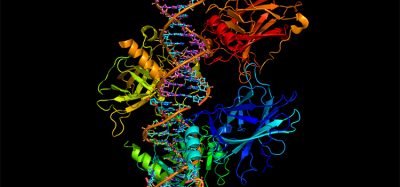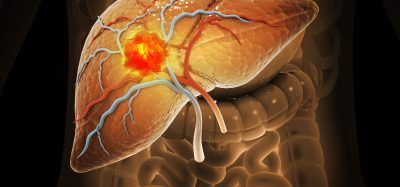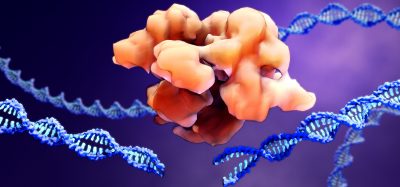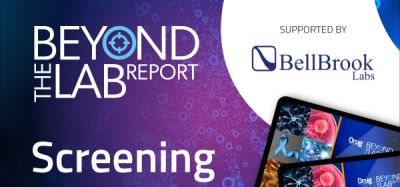Screening In-Depth Focus 2018
Posted: 3 December 2018 | Drug Target Review | No comments yet
This In-Depth Focus looks at a high-throughput approach for measuring intracellular ATP levels to access compound-mediated cellular toxicity, the role of drug transporters in phenotypic screening, and how to leverage the power of HTS in the new and rapidly evolving collaborative drug discovery landscape.
In this issue:
- A high-throughput approach for measuring intracellular ATP levels to access compound-mediated cellular toxicity
Many drugs fail in clinical trials due to toxicity-related issues; therefore, drug-mediated cellular toxicity should be determined at an early stage in the drug discovery value chain. There are many assay systems that can be utilised to measure cellular toxicity. In this article we demonstrate that intracellular ATP concentrations are a sensitive method with which to determine cellular toxicity and, as a validation exercise, we report a screening compatible cellular toxicity assay protocol. More importantly, we report the output of a Proof-of-Concept screen that made use of this assay against a known drug library and the MCF-7 cell-line. The results will be beneficial for those engaged in drug repurposing. - The role of drug transporters in phenotypic screening
The relative failure of molecular target-based drug discovery has led to a return to phenotypic screening. Targets that are intracellular necessitate their drug ligands to pass through plasma membranes, where the protein:lipid ratio is often 3:1 by mass and at least 1:1 by area. The widespread view that most of such transmembrane drug transport occurs through the phospholipid bilayer portion is incorrect: drugs must and do exploit transmembrane protein transporters that have been selected or evolved for the uptake of intermediary metabolites and natural products. - Leveraging the power of HTS in the new and rapidly evolving collaborative drug discovery landscape
Over the last five years drug discovery has undergone a rapid evolution from a closed and proprietary endeavour to an open and collaborative process. Large and small pharma now openly collaborate with each other and the wider academic world to leverage their collective depth of knowledge to increase the chances of discovering new medicines that improve patients’ lives.
Related topics
Screening







